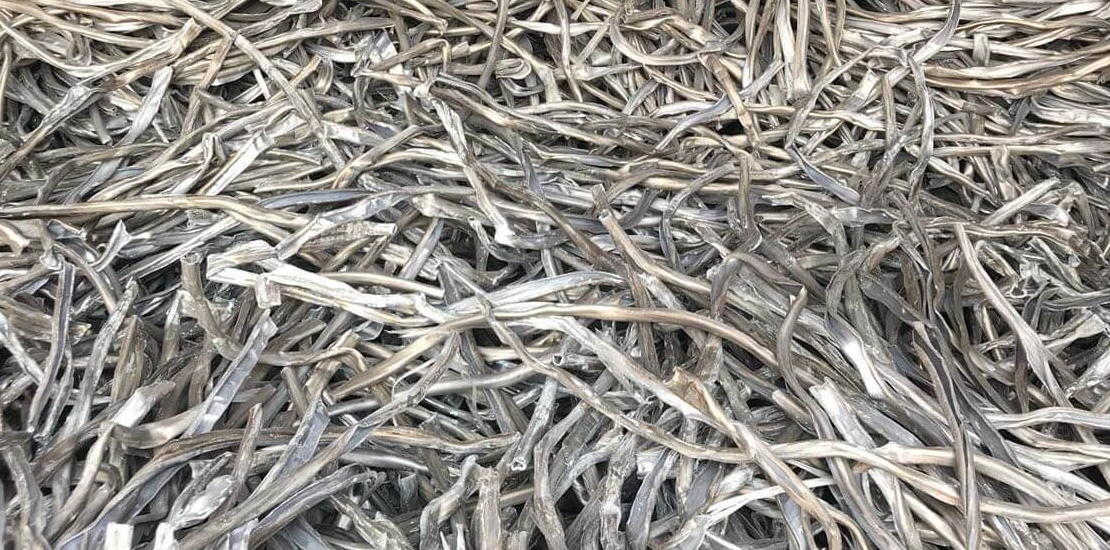
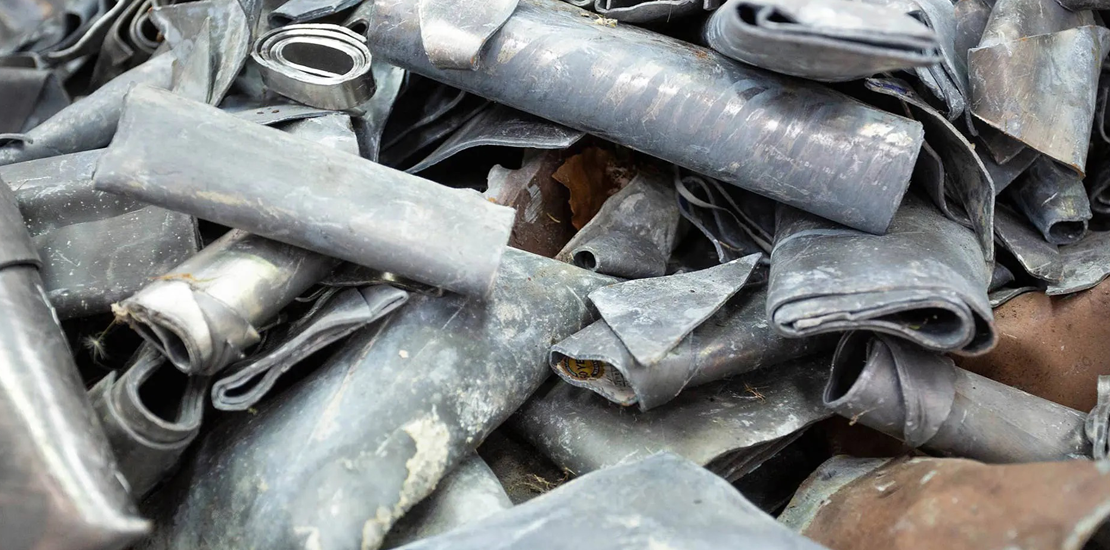
Types of Lead Scrap
- Lead Ingots
- Lead Rains
- Lead Radio
Most of the lead produced comes from secondary sources. Lead scrap includes lead-acid batteries, cable coverings, pipes, sheets and lead coated, or terne bearing, metals. Solder, product waste and dross may also be recovered for its small lead content. Most secondary lead is used in batteries.
To recover lead from a battery, the battery is broken and the components are classified. The lead containing components are processed in blast furnaces for hard lead or rotary reverberatory furnaces for fine particles. The blast furnace is similar in structure to a cupola furnace used in iron foundries.
Do You Know ?
The earliest known cast lead beads were found in the Çatalhöyük site in Anatolia (Turkey), and dated from about 6500 BC. Although lead is a common metal, its discovery had relatively little impact in the ancient world. It is too soft to be used for weapons (except possibly as sling projectiles) or for structural elements. However, being easy to cast and shape, it came to be extensively used in the classical world of Ancient Greece and Ancient Rome for piping and storage of water.
Types of Lead Scrap
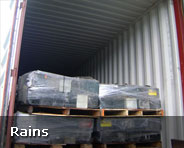
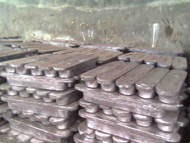
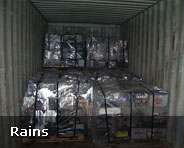
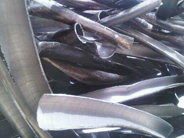
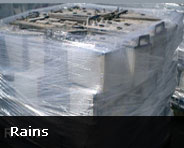
Benefits of Lead Recycling:
Production of lead is increasing worldwide due to its use in lead–acid batteries. There are two major categories of production: primary from mined ores, and secondary from scrap. In 2014, 4.58 million metric tons came from primary production and 5.64 million from secondary production.
The primary and secondary lead production processes are similar. Some primary production plants now supplement their operations with scrap lead, and this trend is likely to increase in the future. Given adequate techniques, lead obtained via secondary processes is indistinguishable from lead obtained via primary processes. Scrap lead from the building trade is usually fairly clean and is re-melted without the need for smelting, though refining is sometimes needed. Secondary lead production is therefore cheaper, in terms of energy requirements, than is primary production, often by 50% or more.
Uses of Lead:
Lead is naturally reactive and toxic. It is also a metal that is both soft and easily manipulated. For these reasons, it is in most batteries. Acid batteries are essential to most cars and trucks. Since vehicles like these need a strong and soft metal to create a chemical reaction and power output, lead is a common choice for many battery types.
Naturally, it’s a strong and soft metal. For this reason, it withstands high heat and great impacts without changing its shape or shattering. Lead, therefore, continues to be a useful material for the creation of bullets, especially when there is a need to keep them cheap. So, you can find it in buckshot and bullets. Lead-made bullets and shots recycle easily, making the industry of hunting, recreation, and defense a heavy user of this metal.
Remarkably, this metal absorbs radiation. Still, no other application makes itself so obvious as that of medicine. Helping to shield patients from harmful x-rays, metal-infused vests and garments protect. While, in molten form, it also cools certain nuclear reactors.